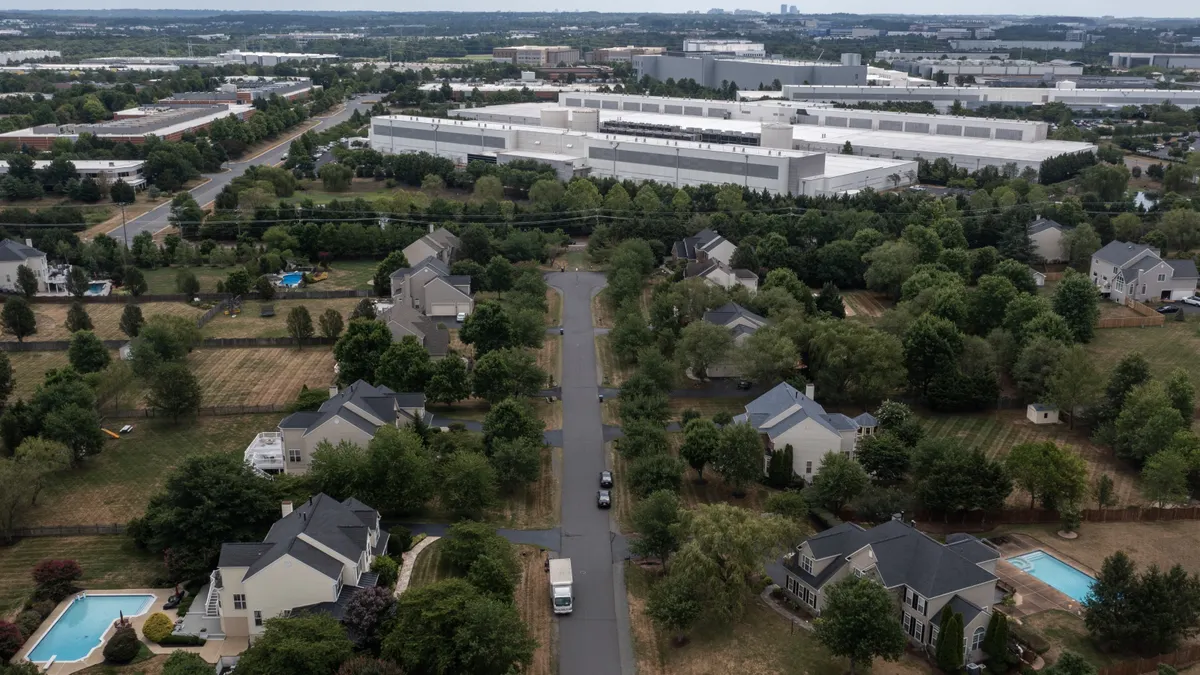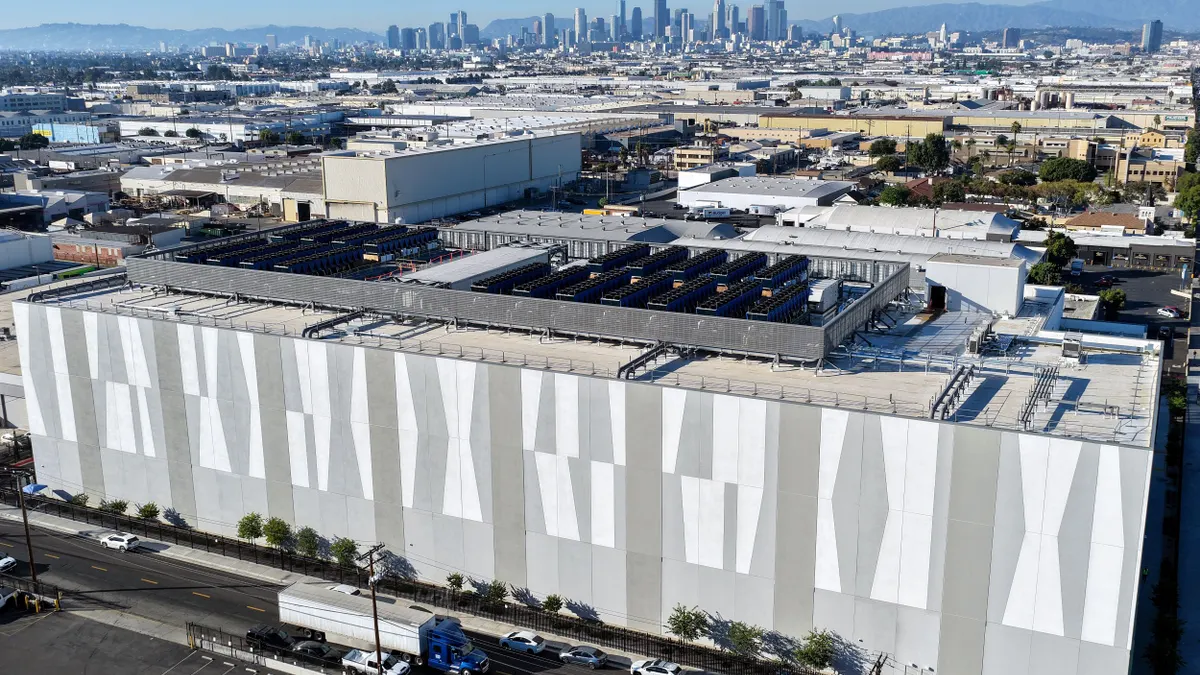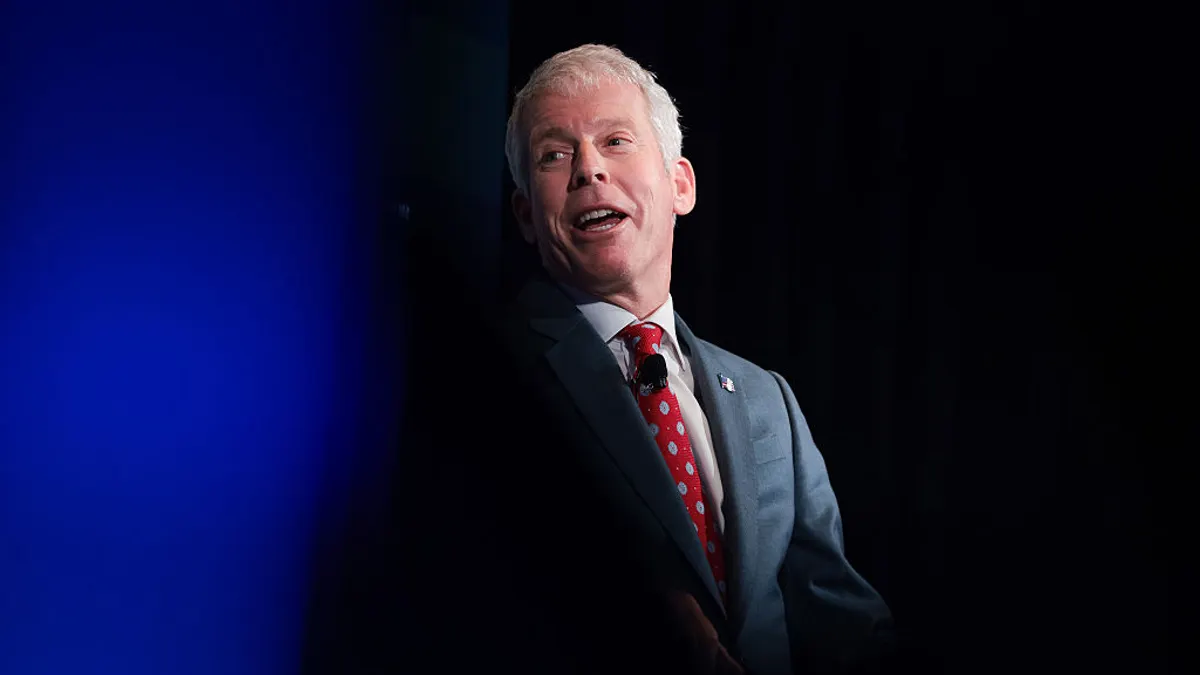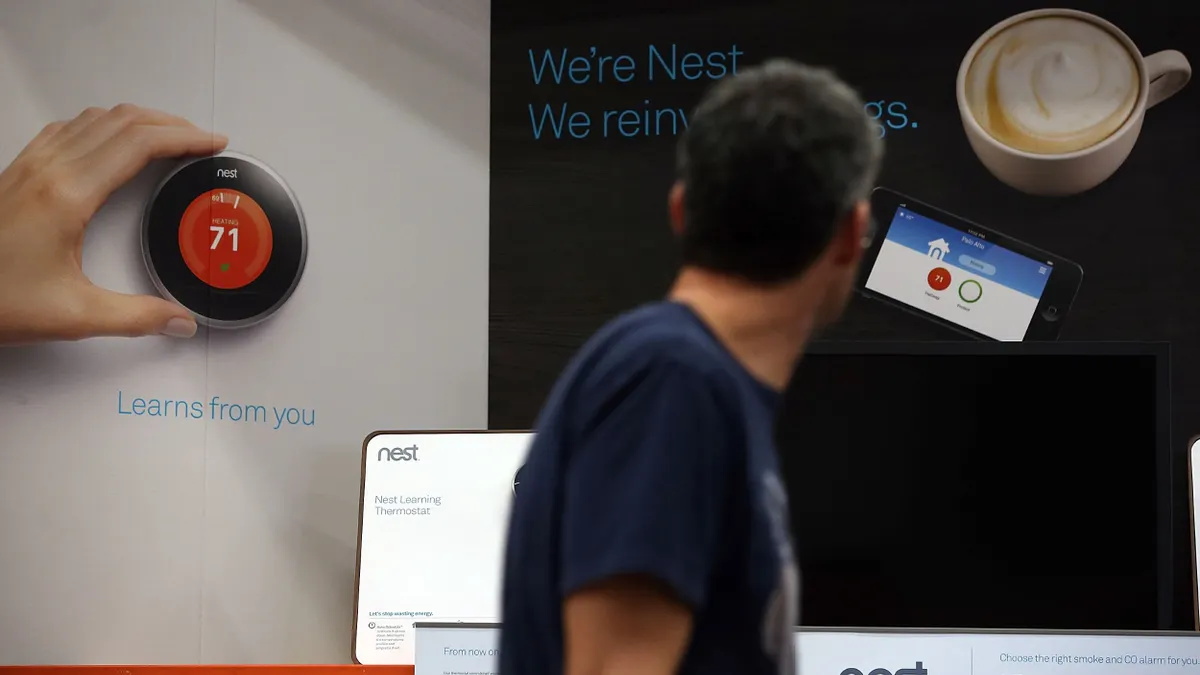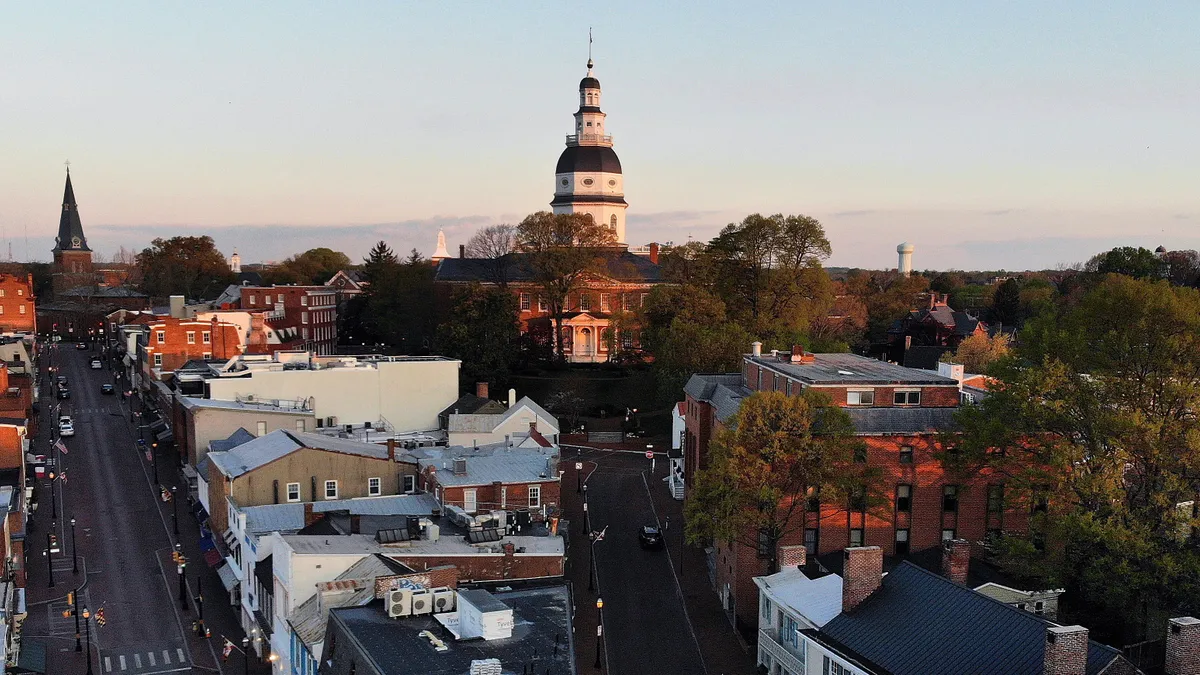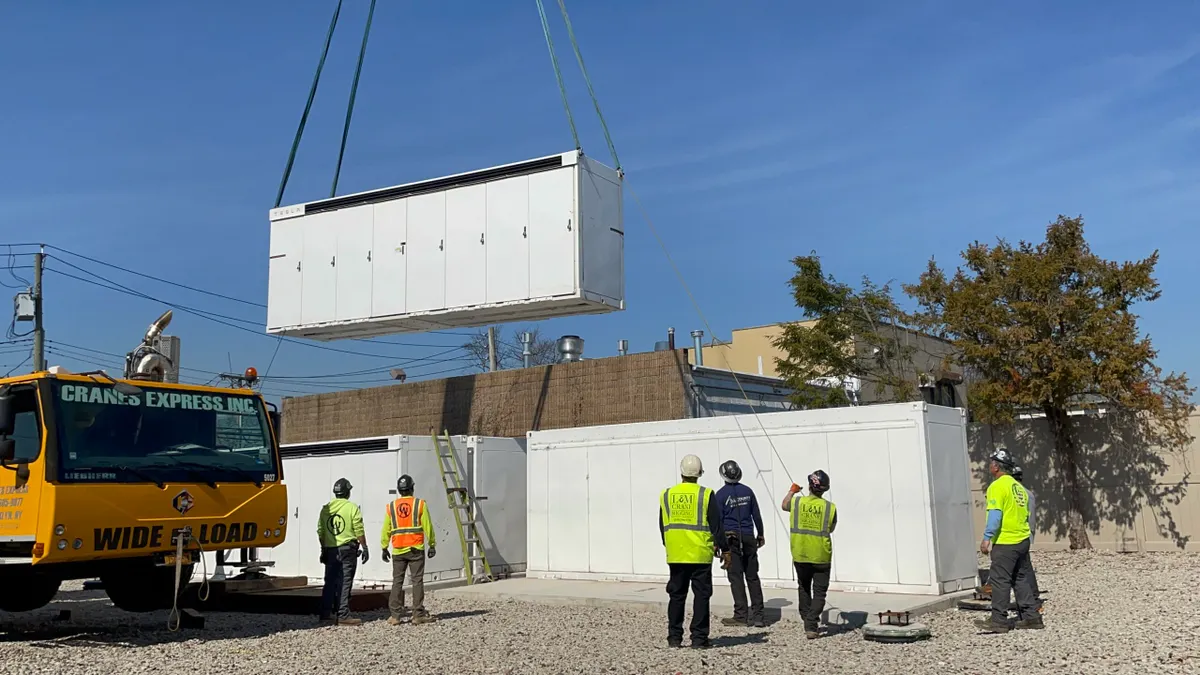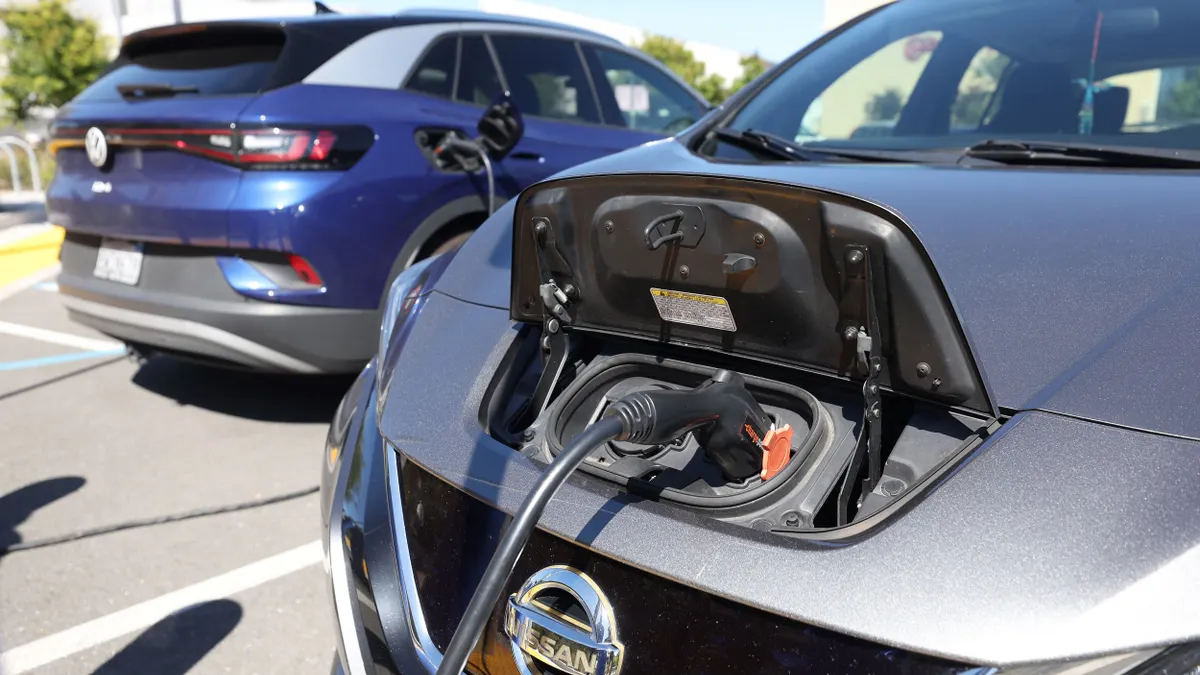Energy efficiency used to be easy with narrow options. But now a smorgasbord of technological options and standards have emerged, complicating what used to be a simple process.
A decades-long shift towards compact fluorescent or LED bulbs has been doing the heavy lifting of utility efficiency programs for years. The bulbs are 75% to 80% more efficient, and the relatively short lifespan of a traditional bulb has helped ensure adoption. But as new standards phase out the older bulbs – a technology we've been using for almost 150 years – utilities will need to look elsewhere for significant savings.
And the “problem,” such as it is, isn't just light bulbs. Building codes are becoming more stringent, appliance standards more rigorous, and consumers are paying attention to their energy use more closely than ever before.
All that raises the question: Is the low-hanging efficiency fruit actually drying up?
Yes and no, according to new research from the American Council for an Energy-Efficient Economy (ACEEE). The group analyzed a broad range of efficiency measures, and found energy savings potential as high as 31% by 2030. But to get there, the utility industry will need to embrace an array of new technologies and programs and find ways to convince customers to sign on.
“There are still large savings out there, but the only way to get them is to go after a diverse mix of technologies and resources,” said Dan York, lead author of ACEEE's report.
ACEEE examined 18 energy efficiency measures, including a dozen capable of saving at least 1% of 2030 electricity sales. York said the analysis assumes a “pretty significant program push” from efficiency administrators, but when taken in aggregate, the report shows midpoint savings of 22% and even on the low end a 15% reduction.
“In meeting future energy savings targets, it is unlikely that program administrators will be able to rely on just one or two energy efficiency measures with the homerun savings potential of CFLs and other efficient fluorescent lights,” the ACEEE report concluded. “Instead, analyses of energy efficiency potential suggest a future in which a larger set of measures contribute the majority of savings, not only through conventional program approaches and delivery channels, but also through new and innovative ones.”
“There will still be residential lighting savings that can be achieved,” York said. “But it's not going to be the big savings it has been in the past.”
In fact, in a 2010 report on the CFL market by EnergyStar.gov called the more efficient bulbs "a cornerstone product of energy savings programs," contributing up to half of some portfolios' savings. But with those gains drying up, ACEEE said the biggest reductions these days are possible by targeting “plug loads” – demand created by the rapidly-growing number of devices we plug into common wall sockets. New standards and different marketing are helping more efficient devices to spread, York said, and ACEEE estimates targeting these loads could amount to a 3.4% saving in energy use by 2030.
Other key measures included conservation voltage reduction (2.1% savings), new construction programs (1.9%) and comprehensive commercial retrofits (1.7%).
But what does it cost?
ACEEE said the measures it considered were “generally very cost effective,” most with a levelized cost-of-saved energy of $0.075/kWh or less, based on a total resource cost perspective. That makes the efficiency measures cheaper, for the most part, than building a new gas-fired plant, the report says.
A few of the measures examined in the report have higher levelized costs, which the report concedes means they “may make sense only in high-cost regions and that initial efforts will need to target cost reductions.”
Cost, of course, is an issue. Utilities have grown efficiency spending from $1.1 billion in 2000 to $7.4 billion in 2013. But the measures are also paying off, according to the report, with some states tallying savings as high as 2% each year. And most of the measures that ACEEE identified will decline in cost over time.
Targeting large end-use devices, which ACEEE identified as the biggest potential percentage energy savings, costs will fall dramatically – from $0.09/kWh to about $0.02/kWh by 2030. Targeting the load for computers will fall from $0.08/kWh to just $0.01/kwh – with a long-term cost of zero to utilities.
“It's a rapidly-growing load, and it is diverse, but there are ways to address it,” York said. “There is already a lot of energy efficiency capability built into devices. The next step is making those functions much more friendly and the default values. There is a lot of gain to be had there.”
One of the higher-cost resources examined outside of appliance upgrades was real-time feedback and behavioral changes – the home energy management market, which has traditionally struggled. ACEEE looked at customers installing home energy monitors, separate from utility-installed advanced metering.
“It's definitely on the high end,” York said, but “customers with better data, pricing structures and some kind of feedback will take actions to change their behavior.” Currently the cost is running about $0.11/kWh, but ACEEE sees that dropping to $0.07/kWh. Under a high-adoption scenario, the report says those consumers could contribute a 1.3% reduction to 2030 energy use.
That seems in line with a pair of other reports, which in recent years predicted that the market would undergo significant growth despite its rocky past.
Navigant Research last year estimated that global revenue from HEM products and services would grow from $846 million annually in 2013 to $2.4 billion in 2023. “After years of sputtering growth, the HEM market has begun to gather momentum,” the firm said.
And earlier this year, Manifest Mind predicted the HEM market to reach an annual value of $2.2 billion in North America by 2022, more than doubling the industry's value today, which it pegged around $1 billion.
But the higher-cost resources are still facing doubt. A two-year time-of-use pilot run by Sacramento Municipal Utility District (SMUD) found the devices to not be cost effective. The utility had included them in the study, but will not be including them in the standard rate in the future.
“They are cost prohibitive and not a lot of customers used them,” said Erik Krause, SMUD's TOU rate manager. More than 60% of study participants never connected the devices, he said, and those who used them did so sparingly.
Dynamic pricing will be key to unlocking efficiency
Ultimately, York said the link between price signals and the customer will be vital to unlocking energy efficiency regardless of the program or method.
“That's the key,” he said, to take dynamic pricing and “make sure customers are provided with information on what to do with the data.”
California is looking to make time-of-use rates the default, and pilots are going on in other parts of the country. But that information must ultimately end up in the hands of the customer to do any good.
“Communication. That's a theme we've all been looking at,” York said. “With all the bigger data possibilities these days … you can really tailor the messages and options to different types of customers. That's another emerging area: that ability to tailor services much more narrowly, instead of these broad programs.”






